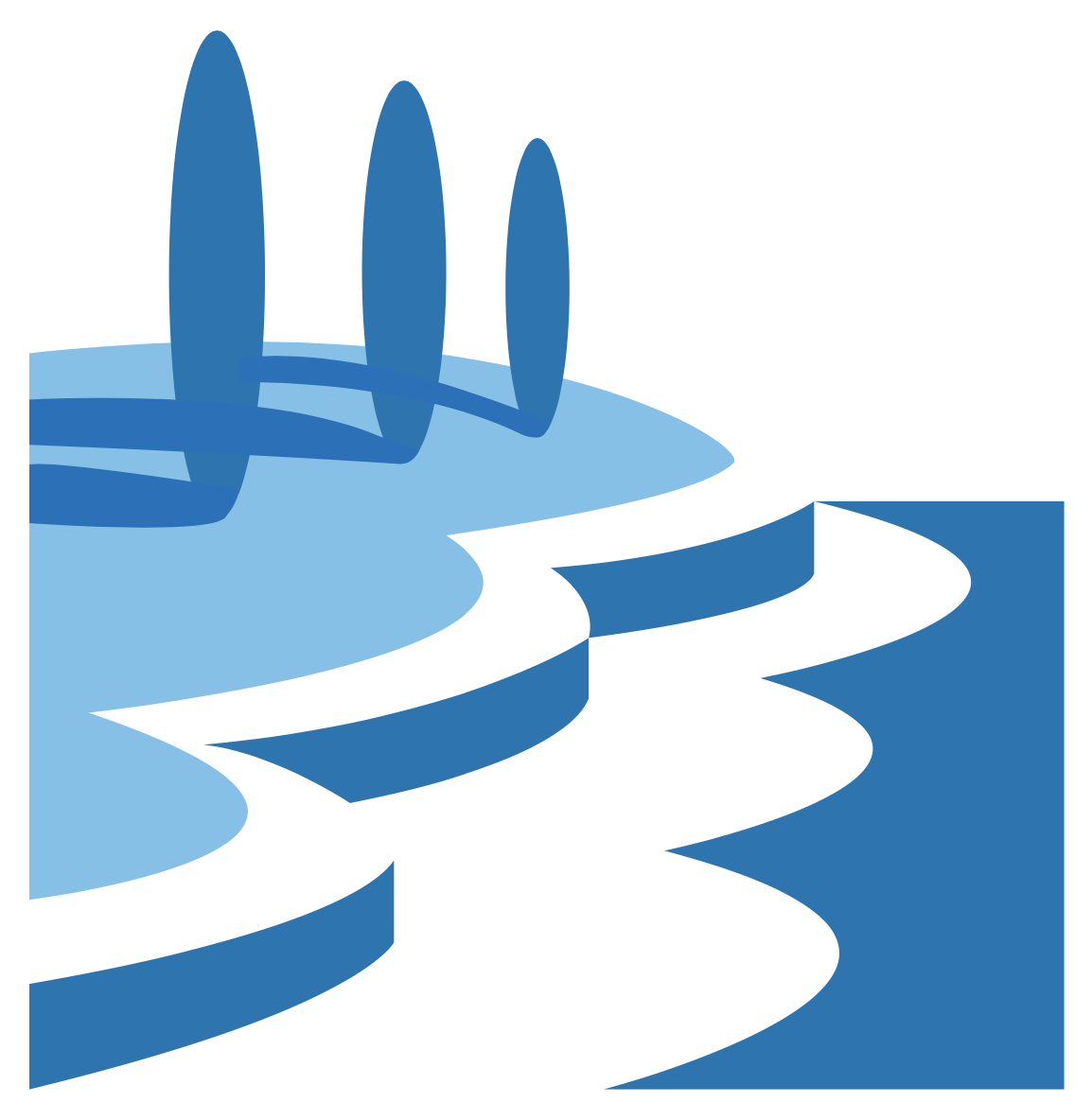Who and where from the Sephardic Jews?
A Sephardic Jewish Jew is someone whose family originated from Spain under Muslim rule in the Middle Ages until the expulsion from Spain in 1942. In the past, the Jews of Sefer enjoyed the golden age – in which they prospered in the Kingdom of Spain and even received key positions, from the ninth century to the 13th century.
After the expulsion from Spain, the Sephardic Jews established thriving communities throughout the Ottoman Empire, in North Africa, the Balkans, the Netherlands, Italy, and South America. Today there is also a large community in North America. The Spaniards who have lived in Israel for several generations tend to call themselves ST, pure Spaniards, in order to distinguish them from the martyrs – who hid their Judaism.
The Sephardic Jewish community has developed its own Siddur, its own dialect of prayer and halakhah – which is binding today on almost all Jewish communities and was signed into the Book of Shulchan Aruch.
The pronunciation of the Sephardic Jews was chosen to be the pronunciation of modern Hebrew by the reviver of the Hebrew language Eliezer ben Yehuda, even though he was Ashkenazi. Therefore in modern Hebrew, there are only five types of pronunciations and most of the definition is at the end of the word, ultima accent, as in the Spanish pronunciation.
In the State of Israel, most of the Spanish community is from North Africa and mainly from Morocco, from which one of the largest immigrant populations to Israel originates alongside immigration from Russia.
Moroccan Jews – Moroccan Jewish
The Jew of Morocco is a Sephardic Jew – Sephardic Jewish – who came from Morocco and is a descendant of deportees from Spain. Some Moroccan Jews – Jewish morocco – arrived there before the expulsion from Spain in the second century AD. But a massive increase in immigration of Moroccan Jews occurred in 1492 with the expulsion from Spain. So the Jews of Morocco – Moroccan Jews were revived and served in important positions in numbers and diplomacy.
Moroccan Judaism has always maintained an affinity for the Land of Israel and a large part is from the old settlement, the Jewish settlement established in the Land of Israel before the great immigration from Europe in the twentieth century, was composed of Moroccan Jews.
With the establishment of a state, riots against the Jews began in many Islamic countries, this caused an increase in immigration from Morocco to Israel. By 1967 alone, some 200,000 Jews had immigrated from Morocco. Another large community of Jews from Morocco can be found in France, it is one of the largest communities of Jews after Israel and the United States. Moroccan Jews also went to other countries in southern Europe and northern Amaria, however, only about 2,500 Jews remained in Morocco itself.
Moroccan Jewry is rich in culture and cuisine and special holidays. One of the well-known holidays is the Maimona, which is celebrated after Passover in which Moroccan families host friends and serve delicious pastries like muffuletta, to celebrate the transition from matzah to chametz. Moroccan cuisine is considered one of the richest cuisines in the Jewish communities. The language spoken among the Moroccan Jews were Jewish Moroccan which is Arabic spiced with French, Barbarian, Spanish, and of course Hebrew and like Yiddish, it is written in Hebrew letters. Jewish Moroccan music is Andalusian Moroccan music. Another Moroccan ceremony is the henna ceremony held before the wedding.
In Israel, there was a demand from the late Sephardic Rabbi Ovadia Yosef to unite all the customs of the Sephardic Jews – Sephardic Jews and their way of prayer in a way in which the entire Sephardic Jewish community in the Land of Israel would behave, for example, they asked the Moroccans to stop saying the blessing of praise on Rosh Chodesh or to bless Shabbat candles after lighting them. However Moroccan rabbis, such as Shalom Ashash, opposed this demand. The Sephardi version of the prayer also has adaptations to the Moroccan community – for example arrangements such as: ‘Prayer of the Month’, ‘Our Fathers’, and ‘Sunrise’.
